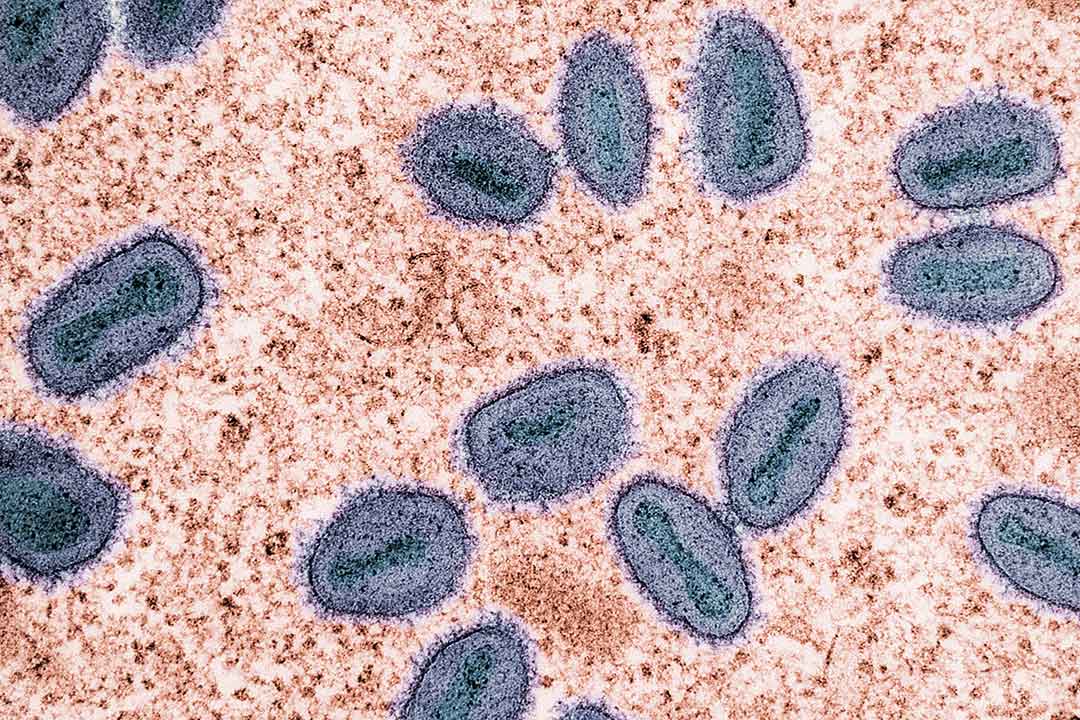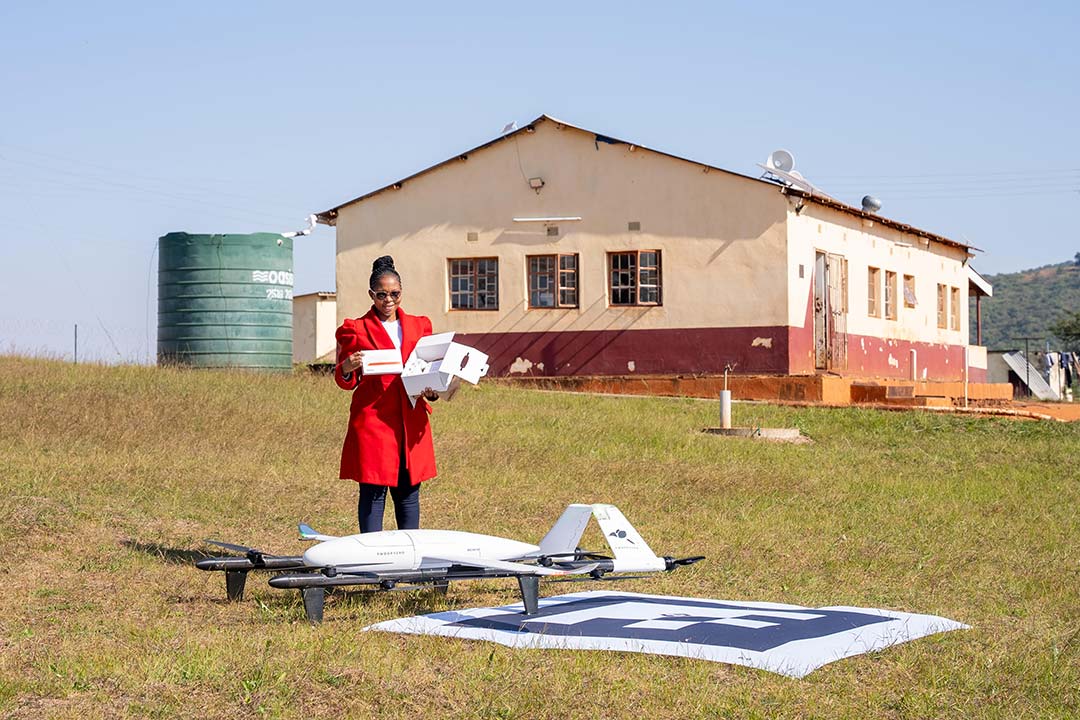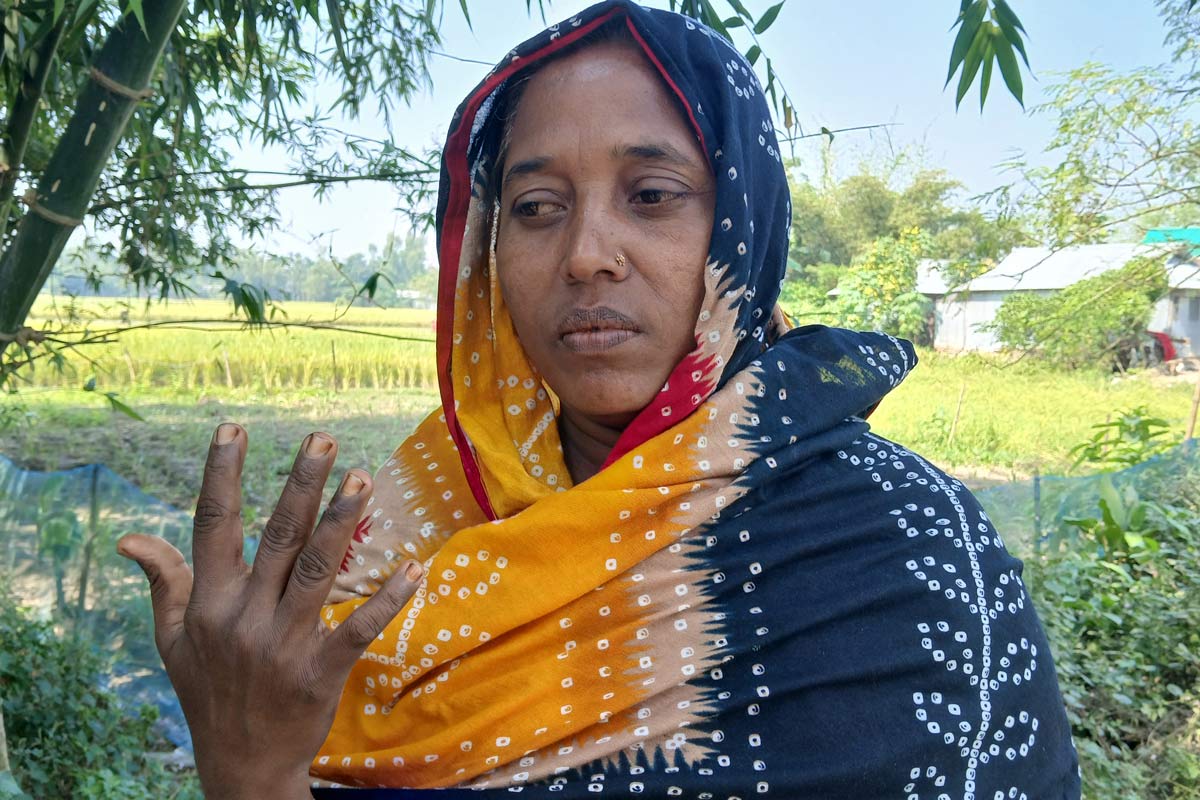Seven things you need to know about the JN.1 COVID-19 variant
WHO has designated the JN.1 form of Omicron a “variant of interest”, due to its rapidly increasing spread.
- 21 December 2023
- 5 min read
- by Linda Geddes

As winter arrives in the northern hemisphere, a new version of Omicron is taking off in many countries. While it is too early to know whether the JN.1 variant will trigger a new surge of COVID-19 cases, its rapid spread has prompted the World Health Organization (WHO) to designate it a "variant of interest" – one containing genetic changes predicted or known to affect characteristics such as disease severity, transmissibility or antibody evasion. Here's what we know about the JN.1 variant so far.
1. It is simultaneously taking off in many regions of the world
First detected on 25 August 2023, JN.1 has already become the most prevalent variant in some countries. It is now rapidly increasing across all WHO regions. Wastewater data from multiple countries approaching the winter season also points at a large wave of SARS-CoV-2 infections in the community, WHO said.
“While there is a rapid increase in JN.1 infections, and likely increase in cases, available limited evidence does not suggest that the associated disease severity is higher as compared to other circulating variants,”
– World Health Organization
In its initial risk assessment for JN.1, published on 19 December 2023, WHO added that as of 16 December 2023, JN.1 had been detected in 41 countries, and represented 27.1% of SARS-CoV-2 uploaded to the international GISAID database in the week ending 3 December. This was a substantial increase compared to the data reported four weeks earlier, when the global prevalence of JN.1 was 3.3%. The countries reporting the largest proportion of cases were France, USA, Singapore, Canada, the UK and Sweden.
2. It is descended from the BA.2.86 (Pirola) variant.
When the BA.2.86 (Pirola) variant emerged in July 2023, scientists quickly became alarmed by the large number of mutations it contained, relative to previous forms of Omicron. JN.1 has acquired several further mutations, the most notable being a change in the part of the spike protein that latches onto human cells, known as the L455S mutation. This region is a major target for so-called neutralising antibodies – ones that help to block infection.
According to research published online in The Lancet Infectious Diseases, the L455S mutation may slightly reduce the ability of JN.1 to bind to human cells but enhance its ability to evade the immune system. In theory, this could make it less transmissible than BA.2.86, but better able to reinfect people who have previously had COVID-19.
3. It appears able to evade antibodies from previous Omicron infections
The same study investigated the ability of antibodies from people who had previously received three doses of COVID-19 vaccines and were recovering from a breakthrough infection with the XBB sub-variant of Omicron. As predicted, the researchers found that JN.1 was better able to evade these antibodies than BA.2.86. Other preliminary studies also support the idea that JN.1 may be more immune-evasive, although WHO stressed that such data is limited for now.
4. There is no evidence that it causes more severe disease
Although data is limited at this stage, the available evidence does not suggest that JN.1 is any more dangerous than other currently circulating forms of SARS-CoV-2. "While there is a rapid increase in JN.1 infections, and likely increase in cases, available limited evidence does not suggest that the associated disease severity is higher as compared to other circulating variants," said WHO.
5. COVID-19 vaccines are still expected to protect against severe disease and death
Even if JN.1 is more capable of sidestepping antibodies from previous infections and vaccinations, it is not entirely resistant to them. The more antibodies someone has, the greater their chances of fighting off COVID-19. By refreshing the immune system's memory of SARS-CoV2, COVID-19 vaccines top up people's antibody levels, reducing their risk of infection. And if the virus does break through, other immune defences – including T-cells – are also primed to reduce the severity of that infection, reducing the risk of hospitalisation and death.
6. It is likely to exacerbate winter pressures on health systems
Based on current evidence, the WHO has assessed the public health risk posed by JN.1 to be "low", but warned that the sub-variant may still cause an increase in COVID-19 cases amid a surge of other viral and bacterial infections, including influenza, RSV and common childhood pneumonia.
7. We have the tools to keep JN.1 in check
JN.1 is no different to earlier forms of SARS-CoV-2 in the way that it spreads primarily through coughs, sneezes and exhaled air. Coughing or sneezing into your elbow or a tissue, regularly washing your hands with soap, keeping rooms ventilated and wearing a good quality mask in crowded, enclosed or poorly ventilated areas will all help to reduce transmission – as will staying home if you are unwell. WHO has recommended universal masking and improved ventilation in health facilities.
Even though most people now have some degree of immunity against SARS-CoV-2 through vaccination and/or previous infection, COVID-19 is not just a cold, and people are still being hospitalised and dying from it. The threat of Long COVID also looms large. If you have respiratory symptoms and COVID-19 tests are available where you live, you should get tested and take precautions to limit further spread.







